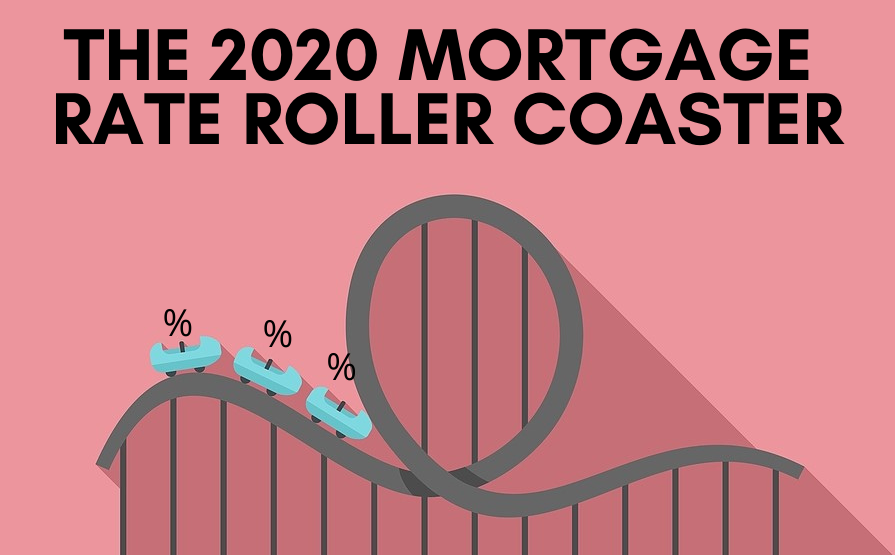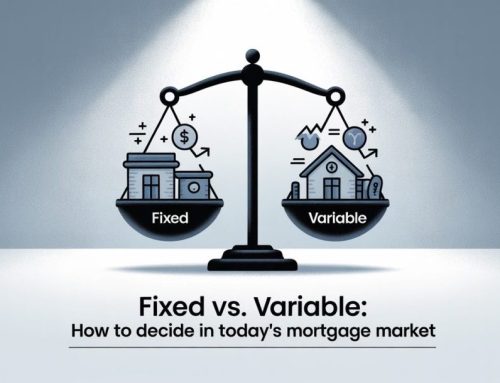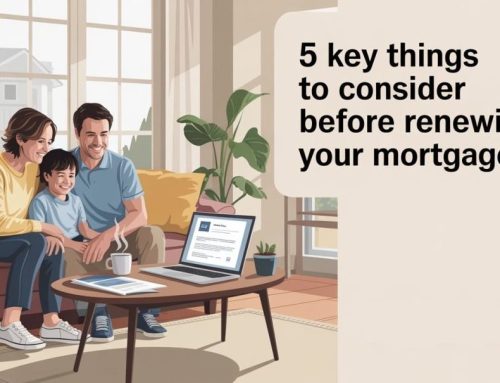I don’t think I have to say that 2020 will be a year that we’ll never forget. The pandemic has changed the way we live and the way we interact with each other. At least for now. We will return to normal….eventually. For now, its mask wearing, social distancing, and limited interaction with our friends and family over the holidays.
One of my favourite things about the holidays is all the parties, and get-togethers with family and friends. The holidays are not the same without them, but since this is not something that we can change, we have no choice but to make the best of it. Be grateful for all the things that we have. Your health, a roof over your head, a working furnace to keep you warm on those cold nights, your family, and the fact that you have food on the table. There are many in the world that do not have the things that we take for granted. There are literally hundreds of things that you can be grateful for, and taking time out to recognize them each and every day is a great way to improve happiness…not to mention, emotional health during these difficult times.
Record Low Mortgage Rates
Another thing to be grateful for is record low mortgage rates, which is something that anyone requiring a mortgage in 2021 can look forward to. Rates are expected to remain at, or near record lows for some time. As of now, there are 5 year fixed rates as low as 1.39%. Note that mortgage rates will vary depending on your situation. The 1.39% 5 year fixed promo is for purchases with 25% or greater down payment, OR purchases with less than 20% down and therefore requiring mortgage default insurance. Maximum purchase price is $1 million with amortization not exceeding 25 years.
How We Arrived At Today’s Record Low Mortgage Rates
It’s hard to believe that there are only two weeks left in 2020. We’re almost through! Let’s review the year with a month-by-month look to see how we ended up with rates as low as they are today. It’s been an interesting ride to say the least!
January
We started off 2020 with 5 year fixed mortgages ranging from 2.74% – 3.09% and variable rates ranging from prime -1.25% to prime -0.75% (2.70% – 3.20%). At the time, prime rate was 3.95%. We were anticipating a rate cut to come from the Bank of Canada, but we weren’t sure when.
February
In early February, fixed mortgage rates started to plummet faster than anyone could follow. One lender would drop to an industry leading low rate, only to have another come out with the lower rate the following day…. If not the same day. Lenders were leapfrogging each other, each coming out with a lower and lower rate. By the end of the month, 5 year fixed rates had dropped approximately 0.35% to as low as 2.39%. Variable rates remaining unchanged.
March – Possibly the most mortgage rate activity in history for a single month
This was the most interesting month of the year for the mortgage industry. On March 4th, we saw the first rate cut from the Bank of Canada since July 17th, 2015. It was a cut that was long overdue. As the uncertainty surrounding the economic impact of the new coronavirus unfolded, the BOC was forced to double the expected rate cut to 0.50%, which dropped the prime rate to 3.45%. If you want to have a bit of a laugh, you can read my blog announcing this rate cut on March 4th. I had predicted that this rate cut was temporary since the coronavirus was the reason for the drop. I figured as soon as the coronavirus was under control, the BOC would reverse their cut. Technically I wasn’t wrong. It just hasn’t happened yet. They will put their rates back up once it’s under control, however who would have thought it would take this long? Remember, this was early March before it had been declared a pandemic. The BOC WILL put the prime rate back up once COVID is under control. However, it will take years, not weeks or months as I was originally predicting. Getting the virus under control is one thing. Getting the economy back up and running is a much longer process.
This rate cut from the BOC sent fixed mortgage rates downward even further. The BOC rate announcements generally do not have a direct impact on fixed rates. However, when they do something unexpected, as they did here with the size of the cut, they can have a big influence. Shortly after the rate cut, fixed mortgage rates dropped another 0.20% to as low as 2.19%.
On Friday March 13th, The BOC made a rare, unscheduled announcement, slashing their rate by an additional 0.50% to bring the prime rate down to 2.95%. That afternoon, the US announced a national emergency and committed billions in covid relief. The financial markets immediately reacted, setting a new record for the largest single day point gain. The Canadian bond yields… one of the biggest influencers in fixed mortgage rates, also shot up by more than 40% the same day. When bond yields soar, so do fixed mortgage rates, which began increasing as fast as they were dropping. Over the next two weeks, fixed mortgage rates had increased by approximately 0.45% to as low as 2.64%, which is a ridiculous increase considering the short time span. This was a prime example of how fixed mortgage rates can move in the opposite direction of the Bank of Canada rate.
In addition to the rapid spike in fixed rates, lenders started slashing their discounts on variable. They went from prime -1.25% to prime -0.10%. More than a 1% reduction in discount in less than two weeks. Some lenders eliminated their discounts completely and move to prime + mortgage rates.
On March 27th, the BOC then made another unscheduled rate announcement, cutting their overnight rate by an additional 0.50%. Prior to this, I’d only seen on unscheduled rate cut by the Bank of Canada in my 13 year career. That’s how rare this is. In March 2020, we saw two, within two weeks of each other. Total cut of 1.50% within a few weeks. Unprecedented. This brought the prime rate down to 2.45%, which is where it remains today.
April
It was early April when the downward mortgage rate spiral began, which eventually brought us to today’s historical low rates. The introduction of government stimulus announced at the end of March resulted in improved market liquidity, which was a major concern for mortgage lenders, and one of the key reasons why rates had increased by such a large margin. A lack of liquidity means a lack of available funds to be lent for mortgages, which was heavily concerning to mortgage lenders. This created somewhat of a panic. The introduction of government stimulus alleviated these concerns, which is what initiated the continual decline in mortgage rates that followed.
By the end of April, fixed rates had dropped approximately 0.35% to as low as 2.29%, while variable rate discounts began to increase once again. It was a mortgage rate roller coaster. Variable rate discounts increased by 0.30% to prime -0.40%, which dropped them down to 2.05% with the new, lower prime rate.
May
For the most part, mortgage rates held steady for much of the month, but still managed to drop another 0.15% to as low as 2.14% by months end. This would generally be considered a fair bit of movement in one month during normal times. But 2020 was anything but normal times. Variable dropped by another 0.10% to prime -0.50% (1.95%)
June
In early June, we saw fixed mortgage rates dip to just above 2.00%. By the end of the month, fixed mortgage rates fell below 2.00% for the first time in history, with 5 year rates now as low as 1.89%. Variable rate discounts improved by another 0.20%, with rates as low as prime -0.70% (1.75%).
July – September
Prime rate remained steady, while both fixed and variable rate mortgages continued to fall. Variable discounts increased by another 0.15% to prime -0.85% (1.60%) with 5 year fixed rates falling another 0.35% to as low as 1.54% by the end of September.
October
The Bank of Canada announced the end of two government stimulus packages, which some thought would result in immediate increases to fixed mortgage rates. Bond yields began to increase, which would typically result in upward pressure on fixed mortgage rates. I maintained that mortgage rate increases were unlikely, as the market was still far too volatile to warrant any upward movement. By the end of October, 5 year fixed rates had fallen by another 0.10% to as low as 1.44% with variable rates dropping by another 0.15% to as low as prime -1.00% (1.45%).
November
The announcement of the new vaccine from Pfizer was the first sign of a light at the end of the tunnel since the pandemic began. Financial markets reacted positively, resulting in sharp and rapid increases to bond yields. This will get the attention of any mortgage professional, as it would generally mean that comparable sharp and rapid increases to fixed mortgage rates would follow. If the trend continued, then this would have certainly meant increases to fixed rates. I had predicted that this was just a market reaction to the vaccine and that there was a greater chance that fixed rates would fall further before they increased. The bond yields have since pulled back, but not to the same levels as they were prior to the announcement. As I had expected, there were no increases to fixed rates announced, with the lowest 5 year fixed rates falling by another 0.05% to 1.44% by the end of November. Variable rates remained at prime -1.00%, however we had one lender introduce a 5 year variable for insured purchases at prime -1.15% (1.30%).
December
5 year fixed rates trickle down to as low as 1.39%. 5 year variable rates remain as low as prime -1.15%. As lender competition intensifies, it’s possible that we could see rates drop a little further before the end of the year. Time will tell of course.
The rates I’m using for the above examples are largely for insured mortgages. Mortgage rates can vary depending on a number of factors, which you can read about in my blog on Why Different People Are Quoted Different Rates
What Can Be Expected Heading Into 2021?
I’ll reserve the details for my next blog, which will be on January 6th, 2021. Taking a break from blogging over the holidays, however if there is anything new and exciting to report, then I’ll be sure to keep you updated. For now, all I’ll say is that I expect mortgage rates to remain at or near historical lows throughout 2021.
Please leave any questions or comments below!








Leave A Comment